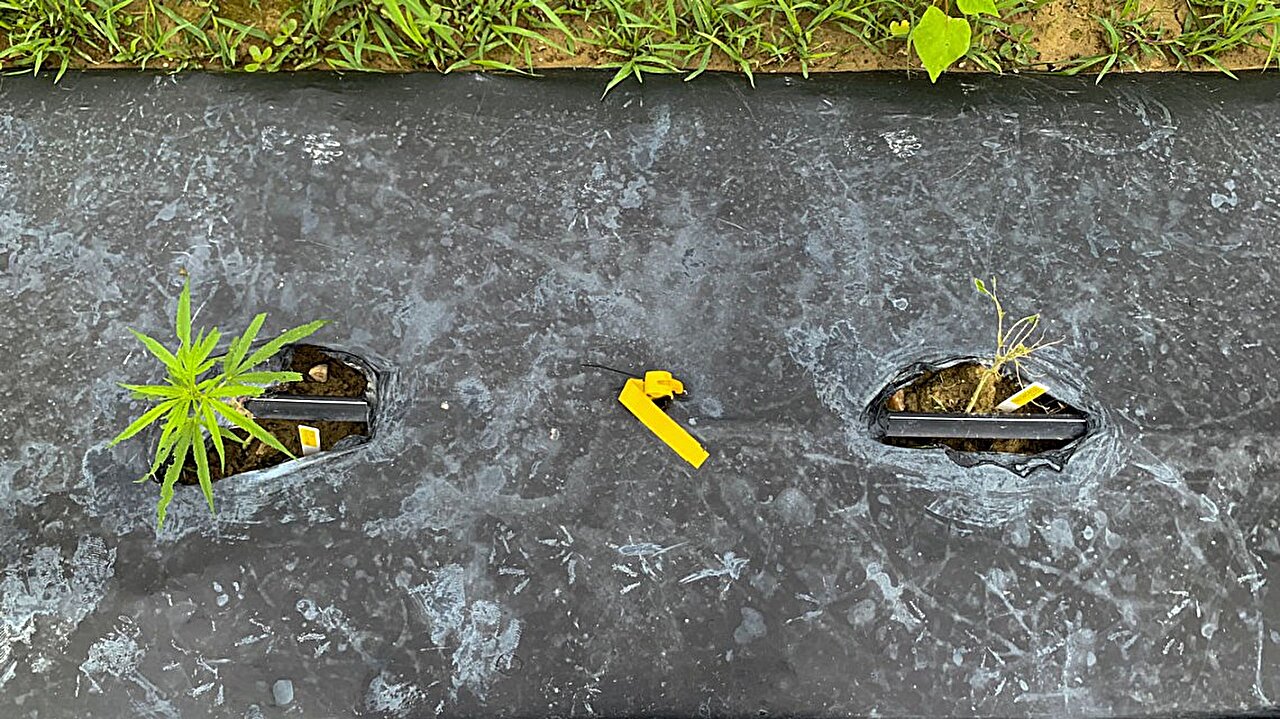Cannabinoids, naturally occurring compounds found in hemp plants, may have evolved to deter pests from chewing on them, according to experiments that showed higher cannabinoid concentrations in hemp leaves led to proportionately less damage from insect larvae.
The study opens the door for potentially developing pesticides from cannabinoid extracts, though such uses would be limited to non-edible plants, given the pharmacological properties of the compounds, which include CBDA, THCA, and their precursor CBGA. These compounds are naturally produced by hemp plants and convert to more commonly known CBD, THC, and CBG when heated.
In the decades since scientists first identified cannabinoids, research has focused on their medicinal and intoxicating effects, but it’s never been clear why these plants evolved cannabinoids in the first place. Researchers have hypothesized that cannabinoids may protect plants from ultraviolet light, pathogens, and herbivores.
“It has been speculated that they are defensive compounds because they primarily accumulate in female flowers to protect seeds, which is a fairly common concept in plants,” said Larry Smart, a plant breeder and professor in the School of Integrative Plant Science at Cornell AgriTech in the College of Agriculture and Life Sciences (CALS).
“But no one has put together a comprehensive set of experimental results to show a direct relationship between the accumulation of these cannabinoids and their harmful effects on insects,” said Smart, who is the senior author of the study, “Cannabinoids Function in Defense Against Chewing Herbivores in Cannabis Sativa L.,” which is published in the journal Horticulture Research.
2023-11-15 19:41:04
Original from phys.org















